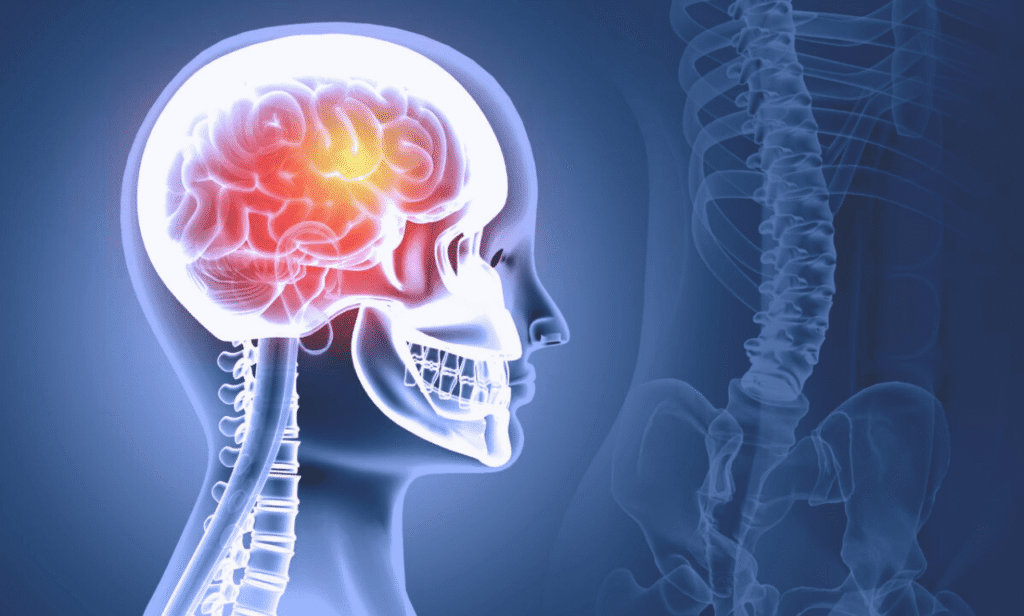
The landscape of neurological disease is shifting in profound ways, and one of the most significant recent developments centers on Huntington’s disease. For generations, this inherited condition represented a particularly cruel diagnosis, a genetic certainty with a trajectory that progressively robs individuals of their movement, cognition, and ultimately, their lives, without a single therapy to alter its course. Families watched as the disease passed from one generation to the next, a shadow looming over entire lineages. Today, however, the conversation is changing. The focus is moving from solely managing symptoms to directly confronting the root genetic cause of the disorder, thanks to a pioneering class of treatments that marks a definitive turning point in the fight against Huntington’s.
Huntington’s disease is caused by a single faulty gene, known as the huntingtin gene. Every person inherits two copies of this gene, one from each parent. In individuals who develop Huntington’s, one of these copies contains a genetic stutter, an abnormal expansion of a specific DNA sequence. This error acts like a corrupted piece of software code, instructing the body to produce a toxic protein—often called mutant huntingtin protein. This toxic protein gradually damages specific areas of the brain, particularly the basal ganglia and cortex, which are critical for controlling movement, thought, and emotion. The disease is autosomal dominant, meaning a person needs only one copy of the faulty gene from either parent to develop the condition. Each child of a parent with Huntington’s has a fifty percent chance of inheriting the expanded gene, a statistic that has long cast a heavy weight on family planning decisions.
The symptoms of Huntington’s disease typically manifest in mid-adulthood, though a juvenile form can occur. The signs are often subtle at first, a slight loss of coordination, a minor twitch, or changes in personality that might be mistaken for something else. Over time, these symptoms escalate into a triad of major challenges. The motor symptoms include chorea—involuntary, dance-like jerking movements—as well as muscle rigidity, impaired gait, and balance. Cognitive decline affects memory, focus, and the ability to plan and execute tasks. Perhaps most devastating are the psychiatric symptoms, which can include severe depression, anxiety, apathy, and obsessive-compulsive behaviors. For families, witnessing this transformation in a loved one is an incredibly painful journey, compounded by the knowledge that existing treatments could only offer limited relief for some symptoms, not slow the disease itself.
The recent breakthrough, which has sent waves of cautious optimism through the medical and patient communities, involves a sophisticated approach known as gene-silencing therapy. The science behind it is both elegant and powerful. If the mutant huntingtin gene is the source of the faulty instructions, then this therapy acts as a precise pair of molecular scissors, designed to seek out and cut the messenger RNA (mRNA) that carries those toxic instructions to the protein-making machinery of the cell. By intercepting and destroying this mRNA, the therapy dramatically reduces the production of the mutant huntingtin protein. It is a direct attack on the fundamental cause of the disease, a strategy that moves beyond symptom management to potential disease modification. This approach is not a traditional pill or injection; it is administered directly into the cerebrospinal fluid via a lumbar puncture, allowing the therapeutic agent to reach the brain where it is needed most.
The development and testing of this therapy have been a monumental effort, involving decades of basic science research, courageous participation from patients and families in clinical trials, and significant investment. The pivotal clinical trials, such as the late-stage studies that have brought this treatment to the forefront, were designed with rigorous scientific standards. Researchers measured the therapy’s impact not only on the visible symptoms like chorea but, more importantly, on biological markers within the body. They tracked the levels of the mutant huntingtin protein in participants’ cerebrospinal fluid, providing direct evidence that the drug was hitting its intended target. Early results have demonstrated a significant reduction in these toxic protein levels, a finding that is considered a major victory in the field of neurodegenerative diseases. While the long-term clinical benefits are still being thoroughly evaluated, this biological proof of concept is a milestone that many neurologists feared they would never see in their careers.
For individuals living with Huntington’s disease and their families, the emergence of this treatment is more than a scientific headline; it is a tangible source of hope. It represents a future where Huntington’s could be transformed from a fatal prognosis into a manageable chronic condition. One patient involved in the early stages of research described the decision to participate as an act of faith, not just for themselves but for their children and future generations. The emotional impact of this progress cannot be overstated. It alleviates the profound sense of powerlessness that has defined the Huntington’s experience for so long. Support groups and advocacy organizations, which have been the bedrock of the community for decades, are now buzzing with conversations about this new era, providing education and guidance to help people understand what this breakthrough means for their personal journeys.
It is crucial to understand that this groundbreaking treatment is not a cure. The field is still in the early stages of understanding the full potential and optimal use of these therapies. Critical questions remain. What is the best stage of the disease to begin treatment? Should it be administered at the first signs of symptoms, or even to pre-symptomatic gene carriers? How long do the effects last, and will treatment require ongoing, regular administrations? Furthermore, like any powerful medical intervention, these therapies come with potential side effects and risks that must be carefully managed by a specialized medical team. The administration process itself is complex and requires significant medical infrastructure. These are the practical challenges that researchers and clinicians are now working to address as they move from clinical trials to real-world application.
The implications of this success extend far beyond Huntington’s disease. The validation of gene-silencing technology opens up a new frontier for treating a wide array of other genetic neurological disorders. Conditions like certain forms of ALS (Amyotrophic Lateral Sclerosis), spinocerebellar ataxias, and even some prion diseases, which share a similar mechanism of toxic protein production, could potentially be targeted with analogous strategies. The lessons learned from the decades-long pursuit of a Huntington’s treatment are providing a roadmap for tackling other devastating diseases that were once considered untreatable. This creates a ripple effect of innovation, accelerating research across the entire spectrum of neurodegenerative conditions. The investment and collaborative spirit that fueled this breakthrough have set a new precedent for how to approach complex genetic diseases.
The arrival of a disease-modifying therapy for Huntington’s also brings to the forefront the importance of genetic testing and counseling. For individuals with a family history of the disease, the decision to undergo predictive genetic testing is deeply personal and complex. The existence of a potential treatment changes the calculus of that decision. Previously, a positive test result came with the heavy burden of certainty without recourse. Now, it can be viewed as an empowering step towards proactive healthcare management and eligibility for emerging therapies. Genetic counselors play an indispensable role in this process, providing non-directive support, explaining the medical and psychological implications, and helping individuals and families navigate their options with clarity and compassion. This shift highlights the evolving nature of genetic medicine, where knowledge is increasingly linked to action.
Looking ahead, the work is far from over. The current breakthrough is a monumental first step, but the next phase of research is already underway. Scientists are exploring next-generation approaches, including therapies that might correct the gene defect itself, offering a potential one-time, permanent solution. Other avenues of investigation focus on protecting brain cells from damage even after the toxic protein has been present, essentially providing a rescue mechanism. The ultimate goal is a combination of strategies that can not only stop the disease in its tracks but also reverse some of its effects. The progress to date fuels the ambition and funding necessary to pursue these more advanced goals. The community’s resolve, strengthened by this recent success, is stronger than ever.
The story of Huntington’s disease is being rewritten. From a symbol of genetic inevitability, it is becoming a testament to the power of persistent scientific inquiry and human resilience. The path from identifying the gene in 1993 to developing a targeted therapy three decades later demonstrates that even the most daunting biological challenges can be overcome. For the thousands of families living with the reality of Huntington’s, this is not just a news story; it is a lifeline. It is the dawning of a new chapter where control is being wrested back from a devastating disease, offering a future defined not by fear, but by possibility. The journey continues, but the direction is now unmistakably forward.
